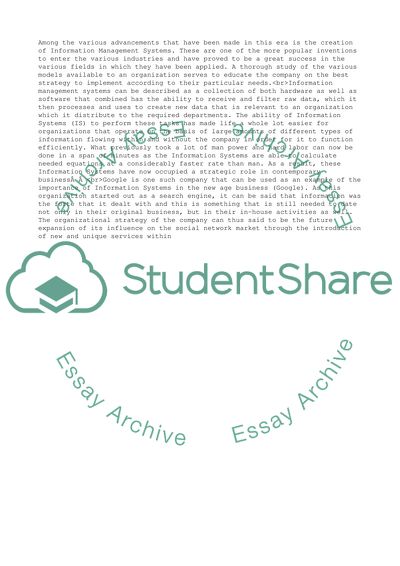Cite this document
(Information management system Essay Example | Topics and Well Written Essays - 2000 words - 1, n.d.)
Information management system Essay Example | Topics and Well Written Essays - 2000 words - 1. https://studentshare.org/information-technology/1793584-information-management-system
Information management system Essay Example | Topics and Well Written Essays - 2000 words - 1. https://studentshare.org/information-technology/1793584-information-management-system
(Information Management System Essay Example | Topics and Well Written Essays - 2000 Words - 1)
Information Management System Essay Example | Topics and Well Written Essays - 2000 Words - 1. https://studentshare.org/information-technology/1793584-information-management-system.
Information Management System Essay Example | Topics and Well Written Essays - 2000 Words - 1. https://studentshare.org/information-technology/1793584-information-management-system.
“Information Management System Essay Example | Topics and Well Written Essays - 2000 Words - 1”. https://studentshare.org/information-technology/1793584-information-management-system.


